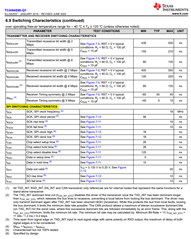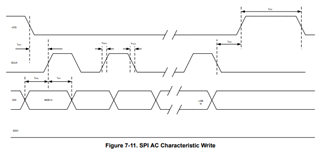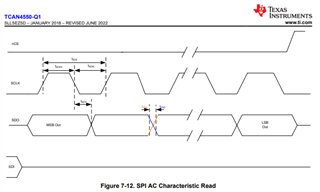Other Parts Discussed in Thread: TCAN4550,
Tool/software:
Dear Team,
We are using TCAN4550 with the iMX8DXL processor connected using SPI. While we perform CAN message transfer, we are observing a few delays, due to which the throughput is also reduced. Detailed information and our few queries are added in the attached document. Do let me know if you need any extra information.
/cfs-file/__key/communityserver-discussions-components-files/138/Issue-Observed_5F00_TI.pdf
Regards,
Ankita





